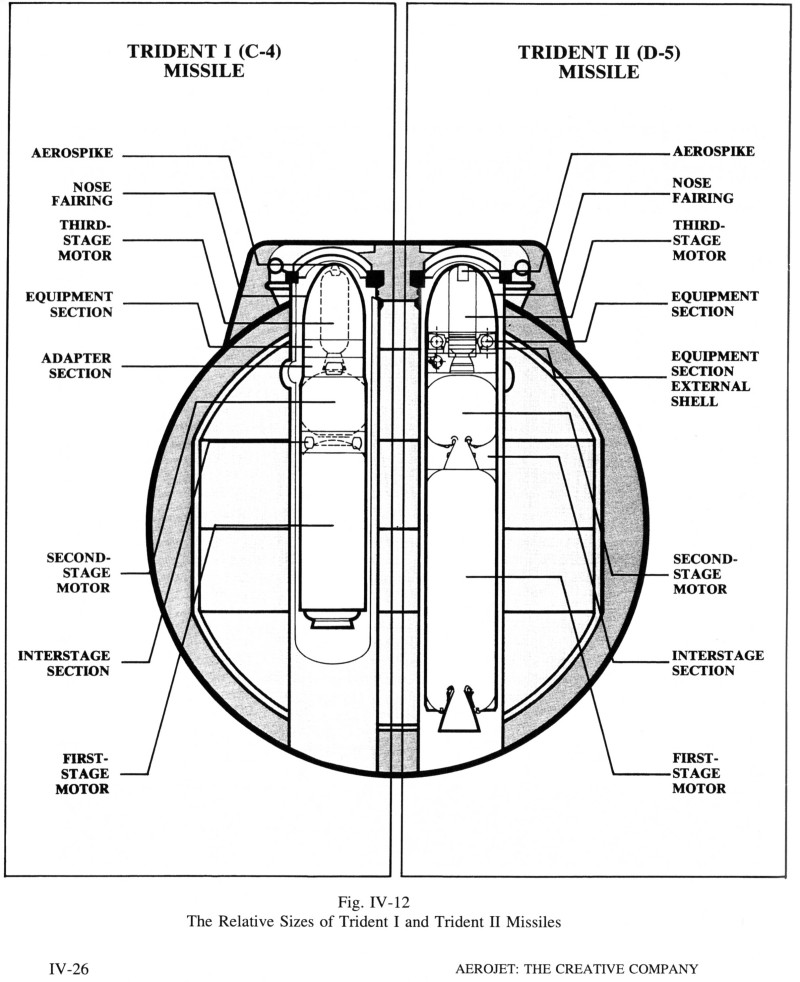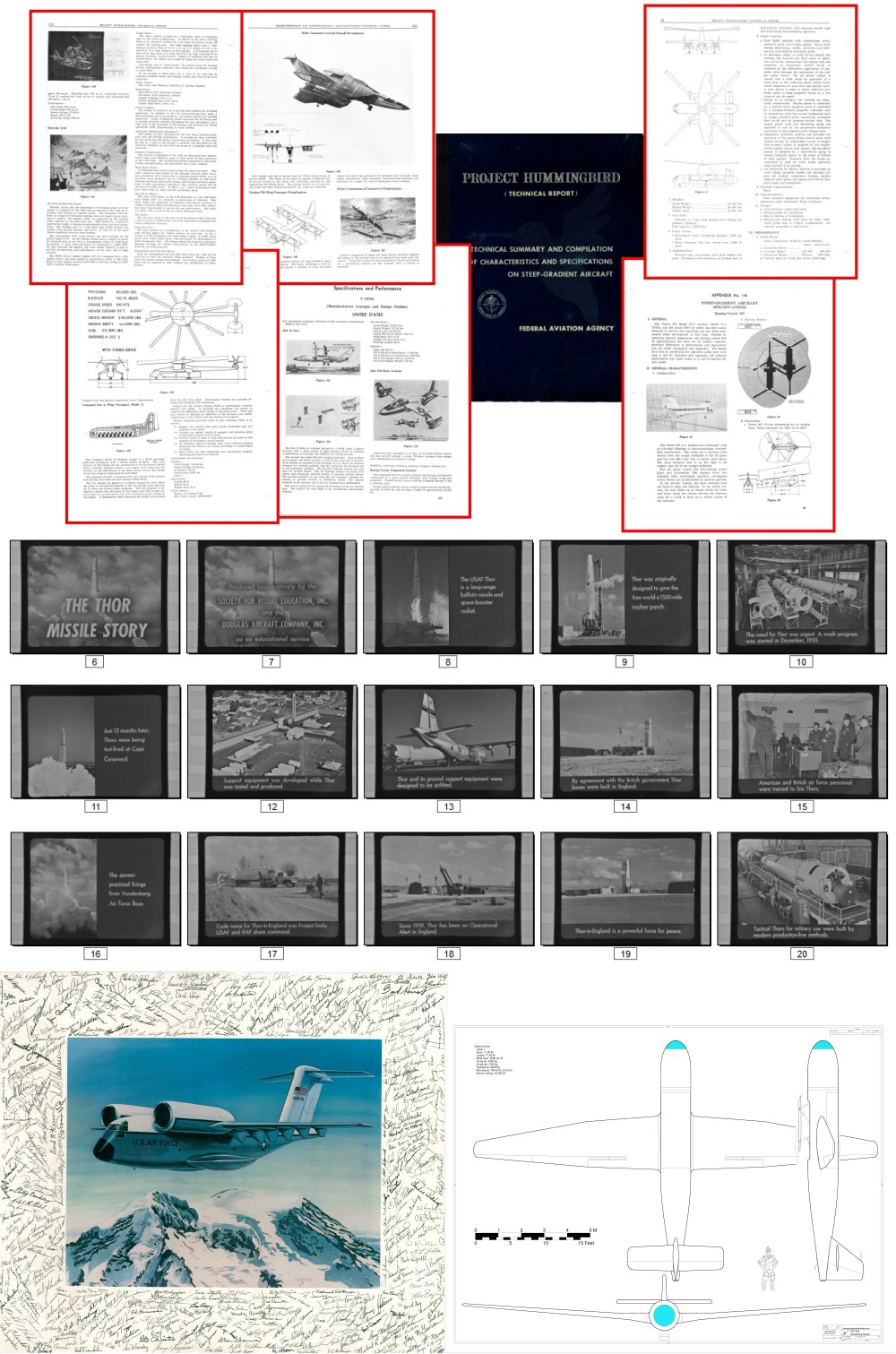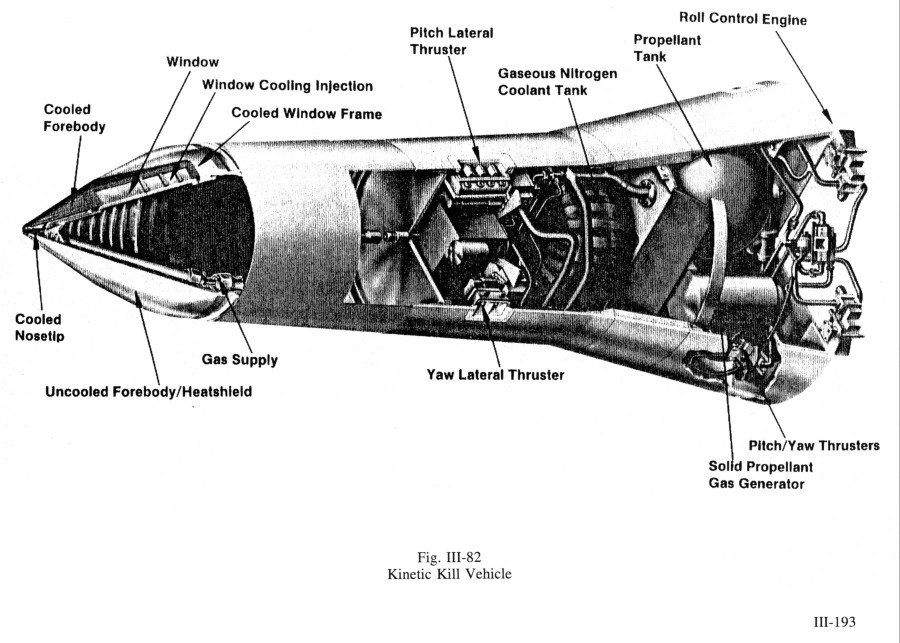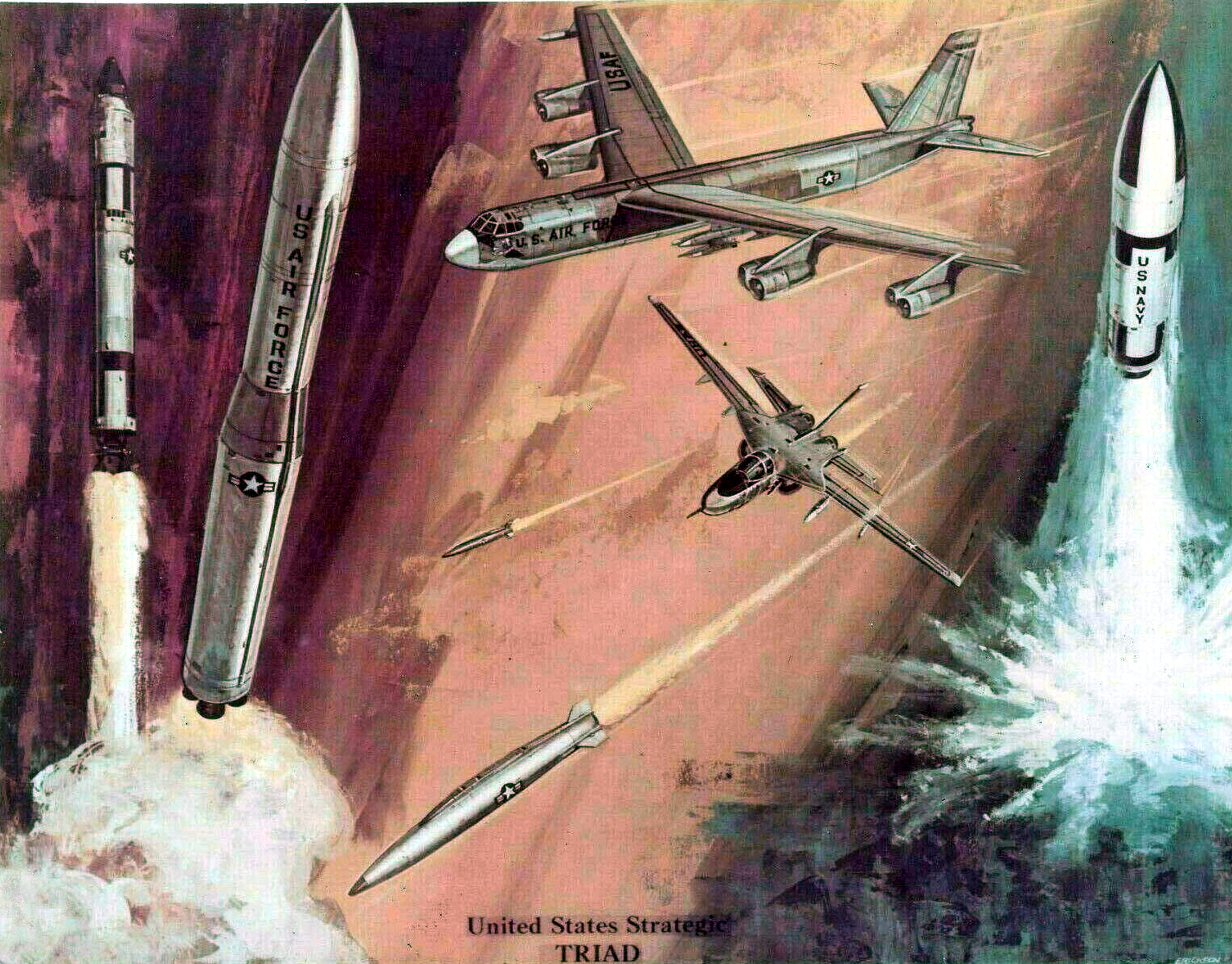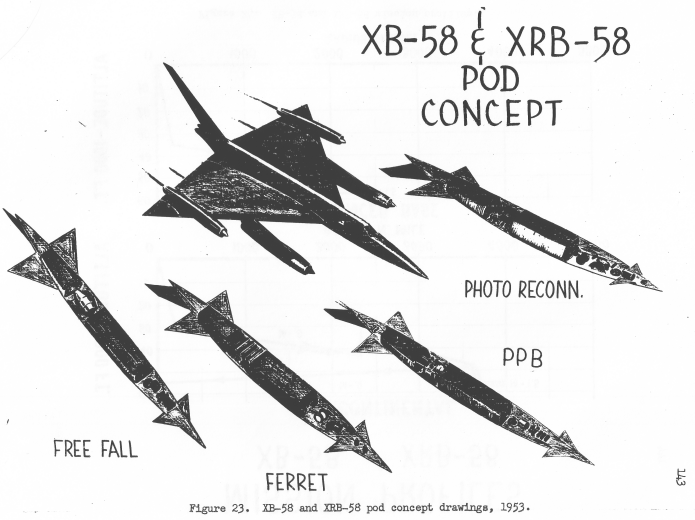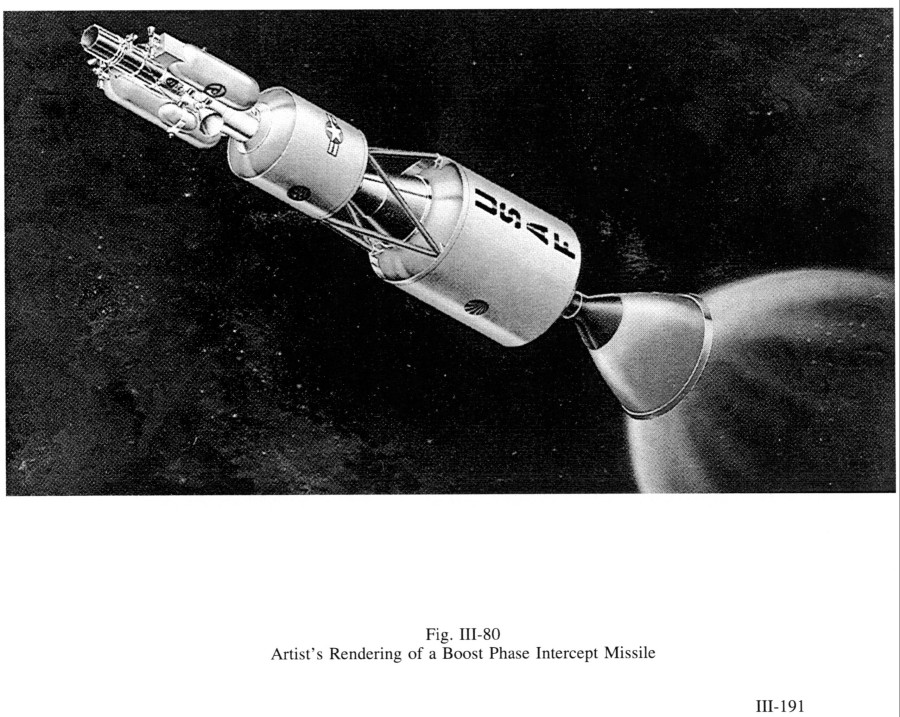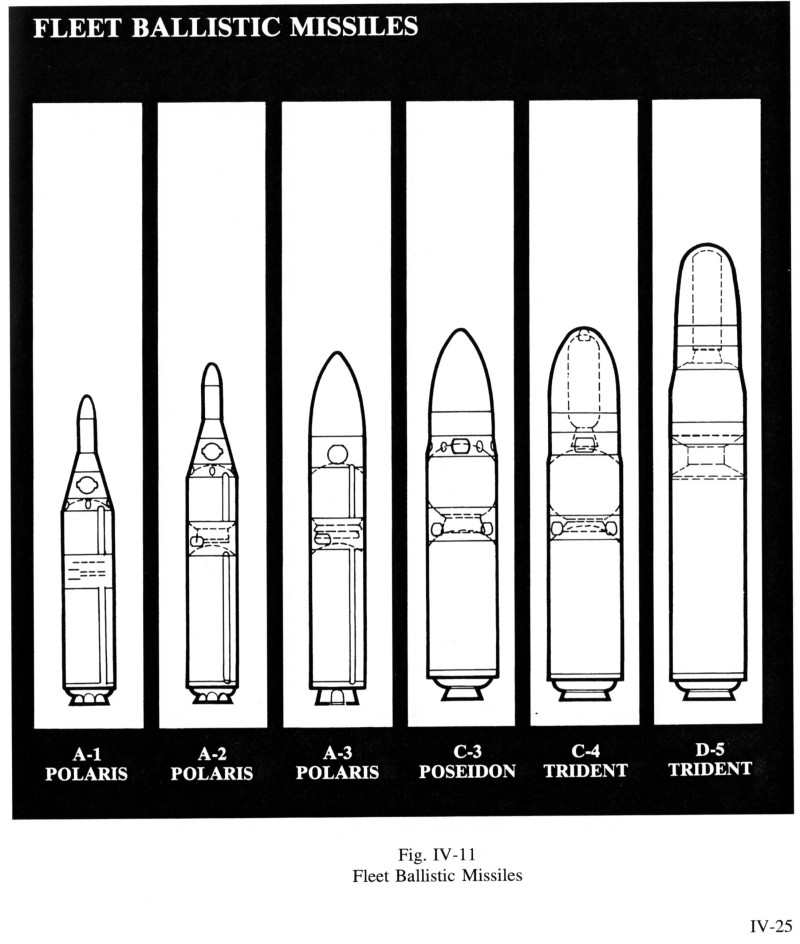Our futures are secure.
This new Congress wants to not only disarm the populace but the military as well… at least as far as strategic deterrence. I’m sure the Chinese are quaking in their boots.
If there is anyone in the FBI who’s actually interested in defending the US, I’d recommend they use the list of sponsors and supporters of this bill as the basis for an investigation into foreign influence in the US government:
The Investing in Cures Before Missiles Act, offered by Sen. Edward Markey, D-Mass., and Rep. Ro Khanna, D-Calif….
The proposed legislation has amassed some early support in the House and Senate. Co-sponsors include Sens. Chris Van Hollen, D-Md.; Bernie Sanders, I-Vt.; and Jeff Merkley, D-Ore.; as well as Reps. Earl Blumenauer, D-Ore.; Steve Cohen, D-Tenn.; Jesus Garcia, D-Ill.; Raul M. Grijalva, D-Ariz.; Jared Huffman, D-Calif.; Sheila Jackson Lee, D-Texas; Pramila Jayapal, D-Wash.; Barbara Lee, D-Calif.; James McGovern, D-Mass.; Eleanor Holmes Norton, D-D.C.; Ilhan Omar, D-Minn.; Mark Pocan, D-Wis.; and Ayanna Pressley, D-Mass.
Note that there are some of the *dumbest* members of Congress listed there.
